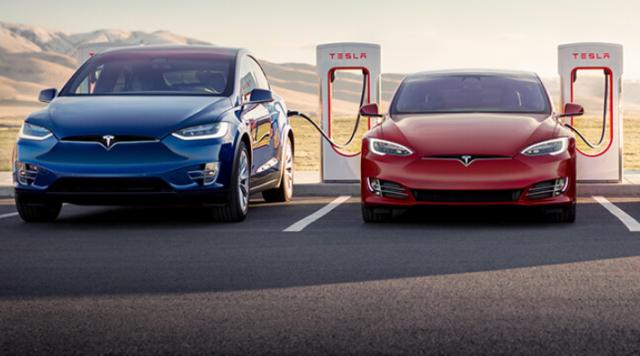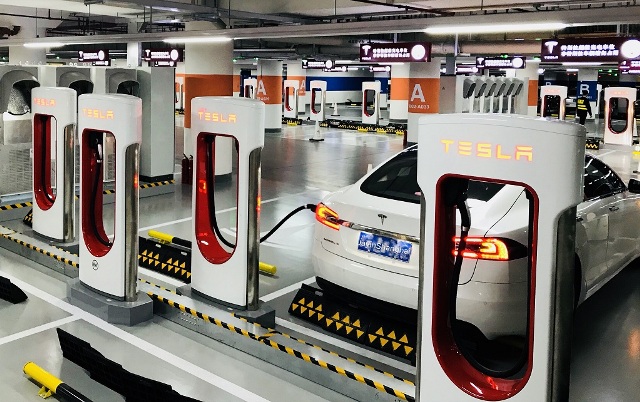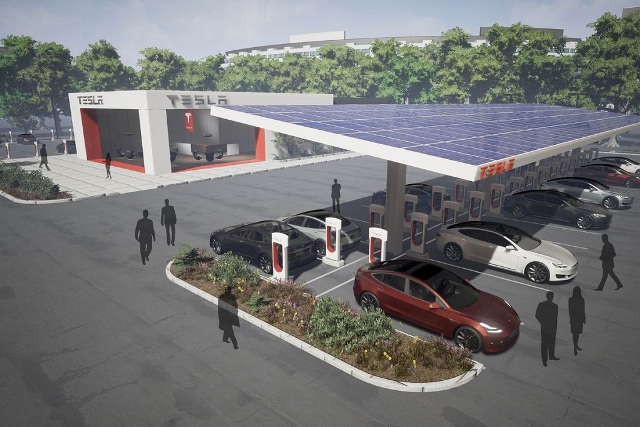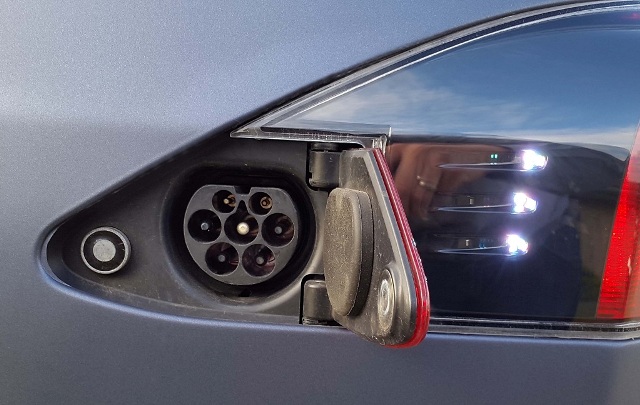Categories: Interesting Facts, Auto electrician
Number of views: 5387
Comments on the article: 0
Tesla Supercharger Power Supplies
The Tesla Supercharger network is a 480-volt DC charging station system designed to quickly charge electric car batteries made by Tesla Inc. All machine models, including Tesla Model S, Model 3 and Model X, can quickly restore the life of their traction batteries, thanks to these fast charging stations.
The network began to be built in 2012, and as of the first half of 2018, there were already about 10,000 chargers in about 1250 stations in the world. The very idea of the ubiquitous introduction of Tesla Supercharger charging stations was born in the company after their very first idea was not asked - “quick battery change”, which turned out to be unclaimed and unprofitable.

Station chargers built using the patented direct current technology can charge up to 120 kW per electric car during charging. So, in 30 minutes spent at the Tesla Supercharger station, the owner of Model S will restore 90 kWh of battery power, which is enough for 270 kilometers, while it takes 75 minutes to fully recharge.
Updated software, which has been available for every Tesla car owner since 2015, makes it possible to plan optimal routes taking into account the map of electric gas stations. Updated map is always available on the official website.

One middle station covers an area of 20 to 55 square meters, as a rule, it is located near the highway, mall, restaurant complex, etc., and provides an average of about 8 charging places. Power is taken from the nearest three-phase line, from where it is supplied to a step-down transformer installed near the station. From the transformer, the wires go to the distribution cabinets, from the cabinets to the charging columns. The cost of building one such station costs the company from $ 100,000 to $ 175,000.

To reduce the inappropriate load on charging stations, from December 2016, Tesla began to fine drivers whose cars remained on charge for longer than expected, that is, even when the charging process was actually 100% complete. Later it was forbidden to refuel at the stations cars participating in carpooling, taxi cars, as well as government vehicles. Finally, Tesla cars purchased after January 15, 2017 began to have a pre-set limit of 400 kWh, that is, about 1,600 km of free travel, after which charging becomes paid.
In fact, the Tesla Supercharger charging station is capable of distributing 145 kW to two cars that are simultaneously charging, and the maximum power for one of them, as noted above, is 120 kW (which was the first to charge, it gets priority over the maximum available power).
In 20 minutes, the battery will be replenished by half, in 40 minutes it will restore 80% of the full charge, and in 75 minutes it will receive all 100% (based on the parameters of the original Model S battery with a capacity of 85 kWh). Constant voltage is supplied directly to the car battery, bypassing any intermediate converter, which not only saves the efficiency, but also reduces the cost of equipment.

Some of the Tesla Supercharger charging stations located in the solar regions have solar panels installed on their roofs that serve to compensate for the energy used to recharge the cars. Tesla Inc. plans - widespread introduction of solar panels in the infrastructure of the network of stations. With solar panels, the cost of building an object rises to $ 300,000. At such stations, there is an electric energy storage facility with a capacity of about 500 kWh.
Ordered in January 2017, Tesla Model S and X electric cars pay back their cost with the amount of electricity received free of charge at charging stations.As of May of this year (2018), this network is exclusive for models S, X and 3. The equipment serves models S with batteries of 70 kWh or more, and also charges (for a one-time fee of $ 2000), model S with batteries at 60 kWh.
As for the Tesla Roadster, the first models did not have the ability to charge from these stations at all, but all subsequent Tesla cars received this opportunity. In May 2017, the company announced a campaign in which “five friends receive a free refueling by referral code,” and all those who are owners of Tesla electric cars purchase new X or S models automatically receive free charge.

In Europe, Tesla electric vehicles use the IEC 62196 Type 2 connector, which is not compatible with US versions, to connect to the Tesla Supercharger charging station. At the same time, other electric car manufacturers use the IEC 62196-3 connector, which is not compatible with Tesla, for direct current supply. The issue of establishing compatibility of other electric vehicles with Tesla Supercharger charging stations has repeatedly been raised, but agreement has not yet been reached.
Today, the number of chargers erected worldwide at Tesla Supercharger stations has exceeded 10,000. A 10,000th charger was installed in Belleville, Ontario, Canada. In addition, fast-charging stations can be found in many European countries, as well as in Japan, China, New Zealand, Australia, South Korea and other countries of the world.
See also at bgv.electricianexp.com
:
